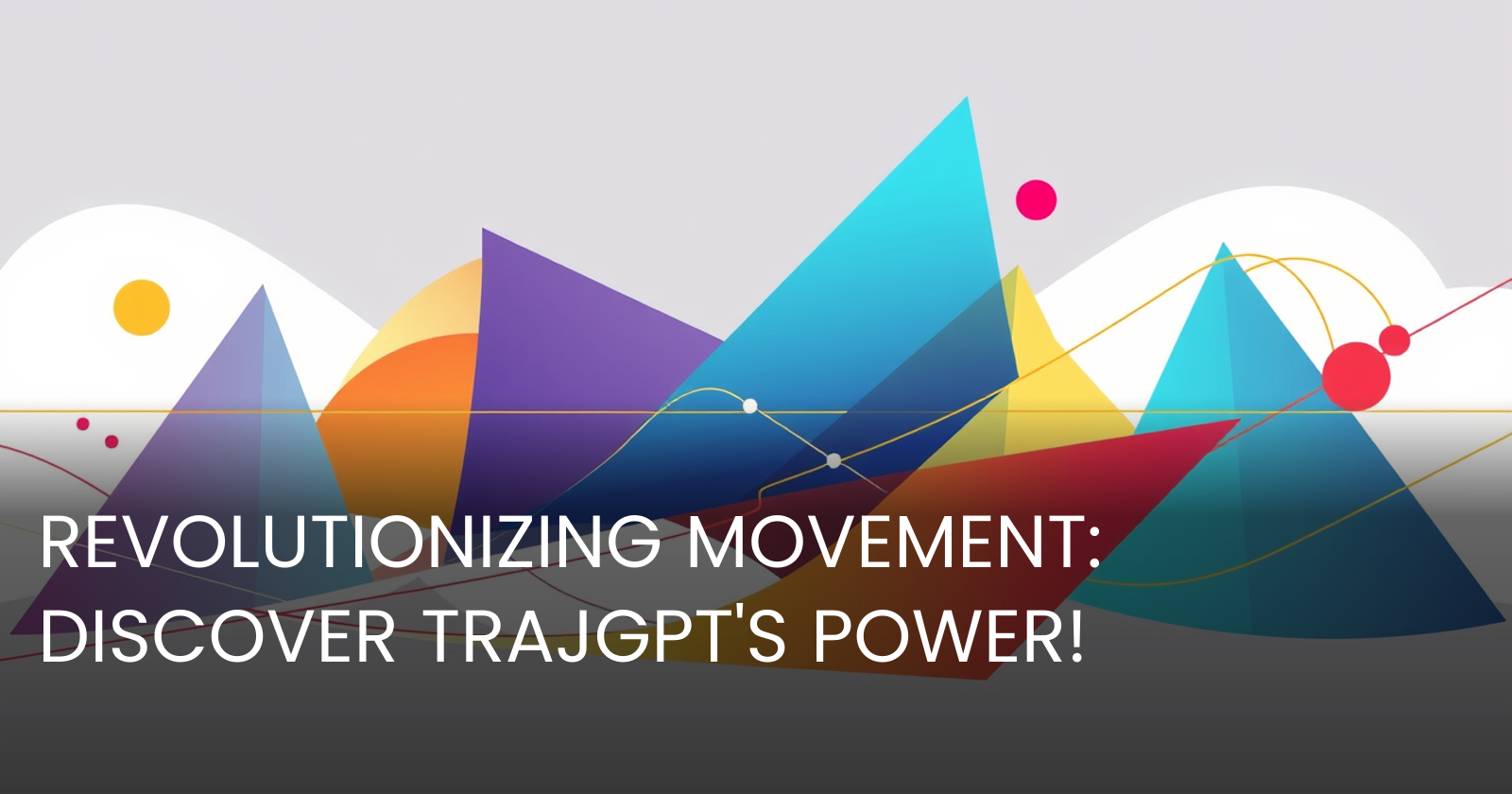Understanding TrajGPT: Bringing Innovation to Synthetic Trajectory Generation
 Gabi Dobocan
Gabi Dobocan
In this blog entry, we'll take a deep dive into TrajGPT, a fascinating development in synthetic trajectory generation and human mobility modeling. TrajGPT presents novel solutions to the challenges of spatial and temporal prediction, which hold significant potential for a plethora of industries that rely on location-based services. This article breaks down the technical advances introduced by TrajGPT and explores how companies can leverage this technology for new business opportunities and process optimization.

- Arxiv: https://arxiv.org/abs/2411.04381v1
- PDF: https://arxiv.org/pdf/2411.04381v1.pdf
- Authors: Khurram Shafique, Cyrus Shahabi, John Krumm, Emmanuel Tung, Shang-Ling Hsu
- Published: 2024-11-07
A Glimpse into TrajGPT: Main Claims and Innovations
TrajGPT is a transformer-based, multi-task, joint spatiotemporal generative model designed to tackle the complex problem of "controlled" synthetic trajectory generation. This model offers an innovative solution by integrating spatial and temporal data to maintain the consistency of generated visit sequences even with specific constraints. By doing so, it fills gaps in sequence data in a way that is both realistic and adheres to spatiotemporal constraints.
Why TrajGPT Stands Out: New Proposals and Enhancements
TrajGPT is grounded in the transformer architecture and borrows inspiration from large language models, treating the problem of trajectory generation like natural language text infilling. This unique perspective sets TrajGPT apart from traditional methods, which often treat space and time as independent factors—a problematic assumption for real-world scenarios. TrajGPT employs a joint probability model using a Gaussian mixture model (GMM), which ensures a coherent blend of spatial and temporal predictions.
Furthermore, TrajGPT stands out by filling sequence gaps with specific spatial and temporal constraints, useful in cases like urban planning and events management, where modeling movement in partially understood environments is beneficial.
How Companies Can Benefit: Applications and Business Ideas
TrajGPT's capabilities unlock numerous opportunities for businesses:
Urban Planning and Infrastructure Development: Urban developers can simulate traffic patterns and pedestrian flow to inform urban layout and infrastructure improvements. By generating accurate movement patterns, planners can predict the effectiveness of public transport routes and infrastructure expansions.
Retail and Entertainment Venues: Businesses can predict customer foot traffic during events or peak shopping times, optimizing staffing and supply chain logistics. For example, TrajGPT can help simulate scenarios like concerts or sports games to better prepare for participant demand.
Public Health and Safety: TrajGPT can help health authorities and emergency services predict crowd movements in crisis situations, such as pandemics or natural disasters, to manage resources more effectively.
Telecommunications and Network Services: By anticipating user mobility patterns, network operators can enhance service provision and coverage, particularly in densely populated or event-centric areas.
Technical Deep Dive: Hyperparameters, Training, and Hardware
The model uses various hyperparameters fine-tuned through grid search:
- For the GeoLife dataset, it employs a 2-layer transformer with an 8-head attention mechanism and a feedforward dimension of 32. The GMM consists of three components.
- The training process involves extensive data preprocessing, ensuring that all missing visits are identified and adequately infilled. TrajGPT uses teacher forcing during training, controlling spatial-temporal predictions based on actual historical data.
On hardware requirements:
- Training TrajGPT effectively demands robust computing resources, specifically a setup that includes an AMD EPYC 7V13 CPU and an NVIDIA A100 80GB GPU.
Target Tasks and Datasets
TrajGPT was evaluated using datasets like GeoLife and MobilitySim, which are quintessential in trajectory studies. These datasets help gauge the model's ability to predict future visits given partial visit sequences effectively.
TrajGPT vs SOTA: How Does It Compare?
TrajGPT's performance has been rigorously compared against models like GETNext and STAR-HiT, with results showcasing its superior spatiotemporal prediction capabilities. Notably, TrajGPT's innovative joint modeling approach leads to a significant improvement in temporal prediction accuracy, outperforming existing state-of-the-art models.
Conclusion and Possible Improvements
In conclusion, TrajGPT introduces a compelling solution to the intricate problem of synthetic trajectory generation, with exceptional applications across various industries. Its joint spatiotemporal model aligns closely with natural scenarios and significantly outperforms traditional models that fail to address the dependability between spatial and temporal factors. While its contributions are remarkable, future iterations of TrajGPT could benefit from further refining its adaptability to dynamic scenarios and extending its capabilities to other domains, such as air traffic or maritime navigation.
With TrajGPT, companies are poised to explore new horizons, integrate smarter mobility solutions, and enhance their strategic operations. Whether in planning, logistics, or public safety, the possibilities are indeed thrilling.

Subscribe to my newsletter
Read articles from Gabi Dobocan directly inside your inbox. Subscribe to the newsletter, and don't miss out.
Written by

Gabi Dobocan
Gabi Dobocan
Coder, Founder, Builder. Angelpad & Techstars Alumnus. Forbes 30 Under 30.